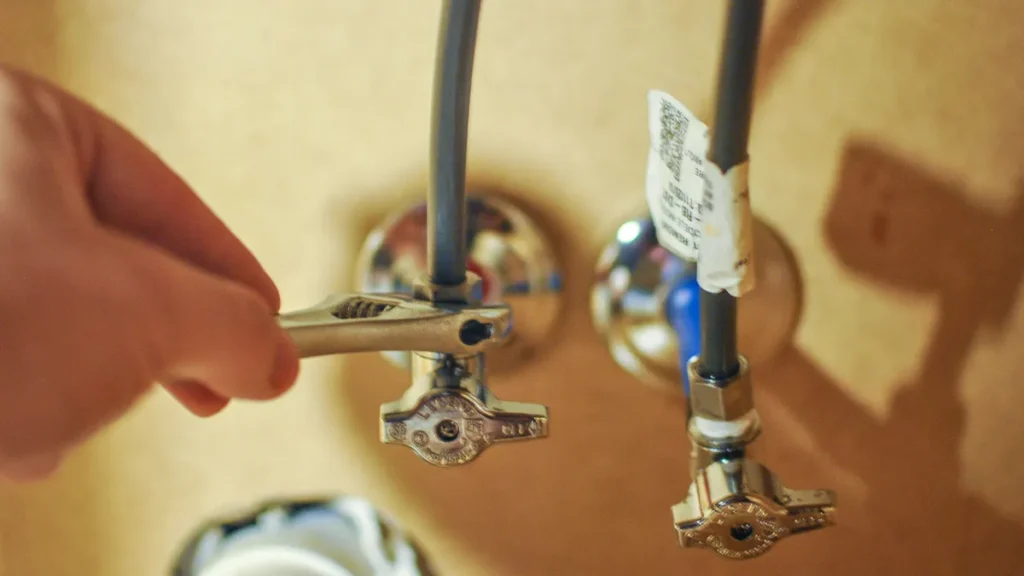Perkins Homes is not just a housing project like Florida Deer Valley homes; rather, it’s a major chapter in the story of Baltimore’s ever changing urban landscape and of the individuals who have called it home for generations. Situated down by the Inner Harbor, the redevelopment of Perkins Homes is one of the most dramatic efforts to replace crumbling public housing Baltimore has embarked upon in years. “This development will not only see new infrastructure, but new opportunities for our residents and our community, as a part of the overall ‘Perkins-Somerset Oldtown Transformation Plan.” The redevelopment of Perkins Homes arrives at the intersection of history, policy, architecture, and community development, (and) offers a point of critical reflection in relation to architects, planners, residents, and activists committed to just urban change.
The Historical Significance of Perkins Homes
Perkins Homes was constructed in the early 1940s, when the federal government was building public housing in cities across America to house its swelling urban population. Anchored by Fells Point and Little Italy, the complex soon was attracting hundreds of families. But in the ensuing years, the once-promising complex fell into disrepair and neglect, emblematic of many of the problems that existed in public housing across the United States. “In conjunction with the concentration of low-income families, very serious problems emerged in terms of crime, poverty and environmental issues in the public housing, which became a symbol of the downfall of the former housing policy and the need for a reform,” he said. Yet even amid these struggles, Perkins Homes was also a close community for generations of residents. “It was an amazing place to grow up, with two parks within walking distance,” Burrowes said during a phone interview last Monday.
“The neighbors there kept their buckets in their front yard and used buckets on the lawn, because they had to water the lawns every day.” Burrowes said she didn’t realize the water in her hometown was poisonous until she visited her mother a few weeks ago, and witnessed as the woman started bawling after learning that the water had lead in it. She eventually drove her mother to a doctor to receive iron, calcium, and lead tests; the blood-work results were negative. Fran Parr, who said she had lived in her Flint home in 1966, said it had been nearly 51 years since she heard the news of contaminated water in Flint. “Can you imagine a city full of kids and you can’t turn on the water for a drink?” she asked as did so many residents in interviews. “Now we have to go outside to get fresh water just to eat with.” Can you notice any original sources or origins in your version?
Perkins Homes Redevelopment Vision and Purpose
The new complex is part of a larger vision for Perkins Homes under a federal program known as the Choice Neighborhoods Initiative (CNI), which is run by the U.S. Department of Housing and Urban Development (HUD) and aims to improve communities by replacing distressed public housing with mixed income developments. Baltimore was awarded a $30 million CNI grant, which combined with local and private investment, will enable full redevelopment of Perkins Homes, Somerset Homes, and Oldtown.The purpose of the transformation of the Perkins Homes is to build not just housing but a mixed-income, dynamic, and connected community. The new plan calls for replacing them with modern, sustainable units that offer both public housing and market rate apartments. The area will also feature schools, green spaces, recreation centers and greater access to public transportation. By recasting the use of public housing and the use of residents in to FILTER.Community Orientated Development a k e l :discipline and c o u! o f switch io Terminal filter that process.
What Will the New Perkins Homes Look Like?
Perkins Homes will be redeveloped into a contemporary community with townhomes, mid-rise buildings and market rate apartments. The design has walk-able streets, extra greenery and community spaces where people can gather together in safety. The architecture focuses on open spaces and natural light, and working in energy efficiency in response to environmental and quality of life concerns. “It’s not just the cube; it’s also an investment in human capital that goes with the redevelopment. “We want job training programs, educational opportunities and access to healthcare to be a part of this so that the residents of Perkins benefit beyond new buildings. The purpose of these measures is to increase economic mobility, decreasing the reliance of families on public assistance, and prevent the intergenerational cycle of poverty.
Resident Involvement and Right of Return
Community engagement is a crucial component of the Perkins Homes redevelopment plan. Residents have been involved from the outset in developing the plan, through town halls, surveys and advisory committees. Their input was crucial in influencing the plan’s design and layout and the community services that would be included. In addition, returning rights are provided for all former Perkins Homes residents, subject to minimum eligibility criteria. This provision is key to maintaining community integrity and making sure redevelopment does not bring with it displacement or gentrification. It further supports the concept that Perkins Homes is more than just a site; it is a home to many families that have generations of history in the community.”
Economic Impact and Community Development
The redevelopment of the Perkins Homes will bring an economic impact to the city. The plans will provide hundreds of jobs in the construction process, as well as permanent retail, education and property management roles once the development is finished. The development will attract investment, drive business, and increase property values in the surrounding neighborhoods, according to the city. The overhaul of the Perkins Homes is about more than economics: It’s about social mixing and public safety. The addition of community centers, after school programs and healthcare resources encourages a stronger, more communal neighborhood structure. They are meant as an antidote to the social disruption that has frequently accompanied the overhaul of traditional public housing.
Challenges and Controversies
Though the aim of the Perkins Homes project has been ambitious and far-reaching, the work has not come without difficulties. Critics have questioned both whether the right of return policy will be fully enforced and whether new housing will be genuinely affordable. Some are concerned about how quickly construction timelines are being made and being communicated, others about how short term interim housing for displaced residents is being dealt with. Yet the Perkins Homes redevelopment has succeeded in drawing a wide coalition of support from city leaders, nonprofit groups and many residents. Even as development proceeds, continued conversation and oversight will be required to make good on pledges and to ensure that the final package addresses the physical and social needs of the neighborhood.
Perkins Homes and the Future of Urban Housing Policy
The Perkins Homes redevelopment is a case study in how cities can remake public housing. The complex is part of a larger movement in city planning, one that moves away from isolating low-income residents and toward integrating them into vibrant, mixed income communities. The lessons of Perkins Homes almost certainly will be used to shape future policies in Baltimore as well as elsewhere in the United States. it works, the makeover of Perkins Homes could become a model for other developments that reconcile development with equity. It highlights the need for federal and local partnerships, authentic resident voice and real investment in infrastructure and people. And Today, housing policy in the 21st century must be more than building it must be about building opportunity.
Current Status and Construction Timeline
The new Perkins Homes development is under construction as of 2025. The old buildings are being demolished in stages, and several new ones are nearly done. Some of the early phases are building new mixed income housing units and new parks and community centers. By late 2025 or early 2026, city officials say, the first batch of fresh blood to return to the site some who once called the original Perkins Homes home will start moving in. Managers have put in place safety barriers to keep the project on time and under budget. Environmentally sustainable features including green roofs, solar panels, and rainwater collection systems are being incorporated into the construction of the new Perkins Homes to create a model of environmentally friendly urban living.
Final Thoughts on Perkins Homes Redevelopment
Redeveloping Perkins Homes is a bold and overdue move to address the systemic housing neglect, inequality in Baltimore of decades past. It is a project brimming with promise and potential and one that must be approached with care, compassion and transparency. The stakes are high not only for the families who once lived in Perkins Homes, but for the future of affordable urban housing in America. Perkins Homes isn’t just about bricks and mortar, but about bringing dignity, opportunity and hope back to a community that has been through too much and too long. Through ongoing community engagement, city facilitation, and local partnerships, Perkins Homes can be a model for what the type of thoughtful, inclusive redevelopment that is good for everyone actually looks like.










